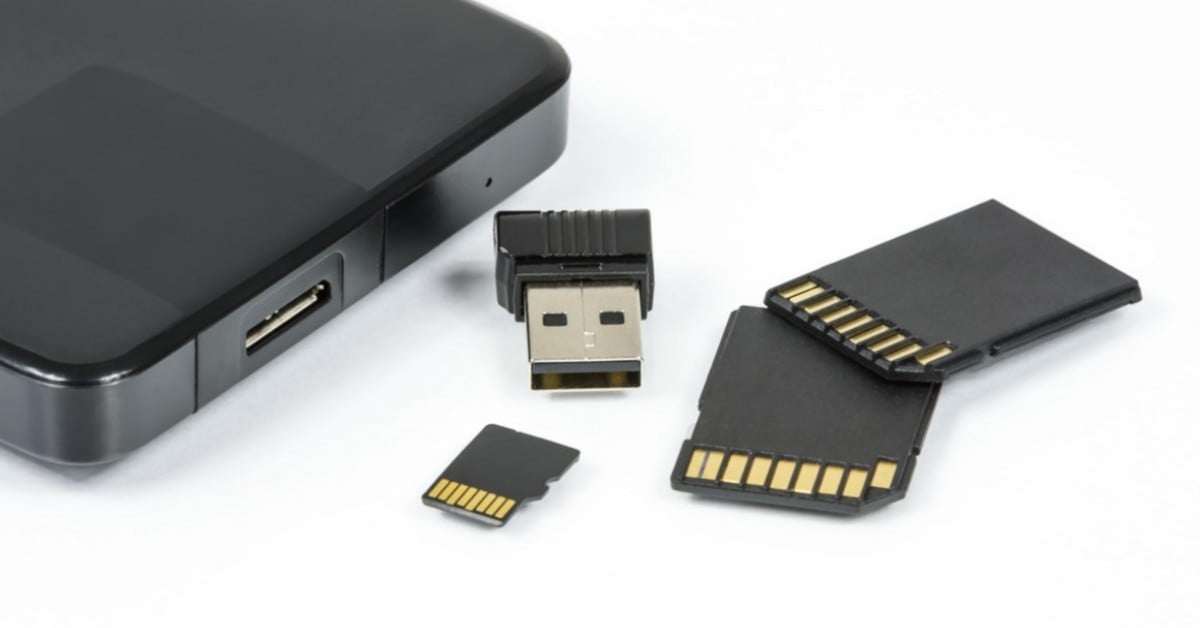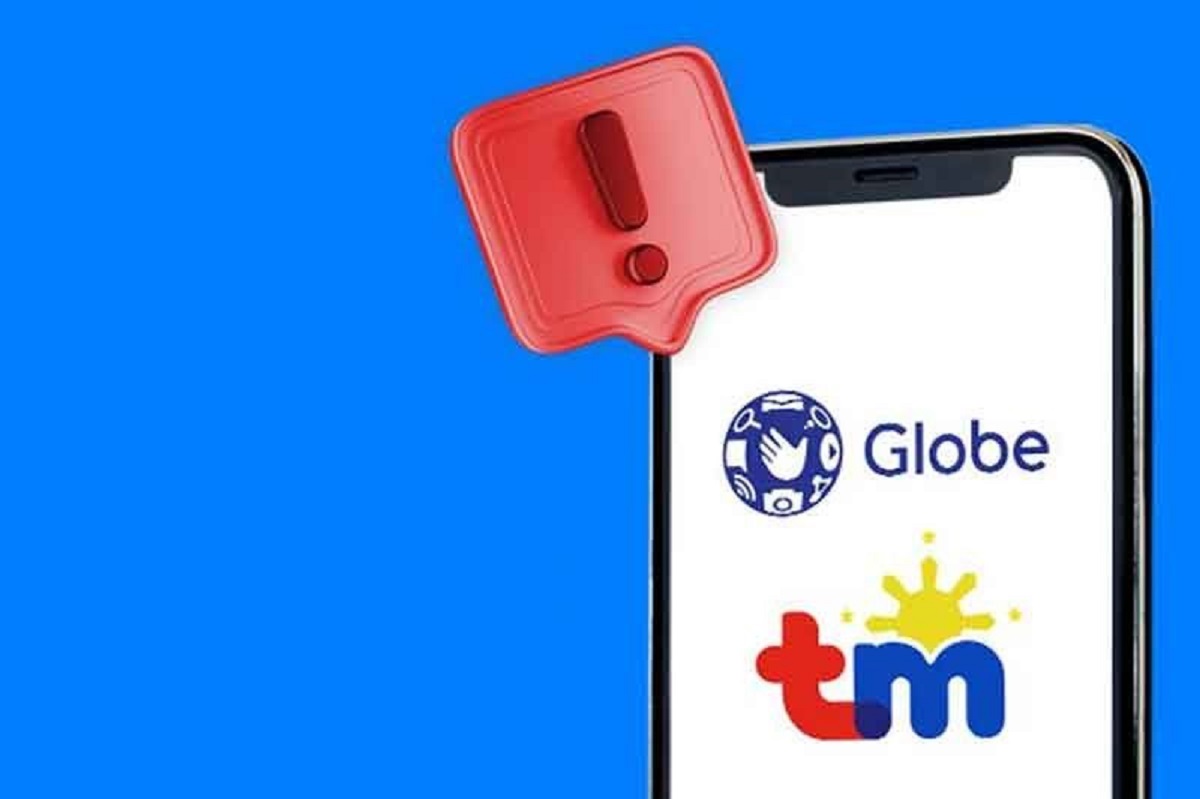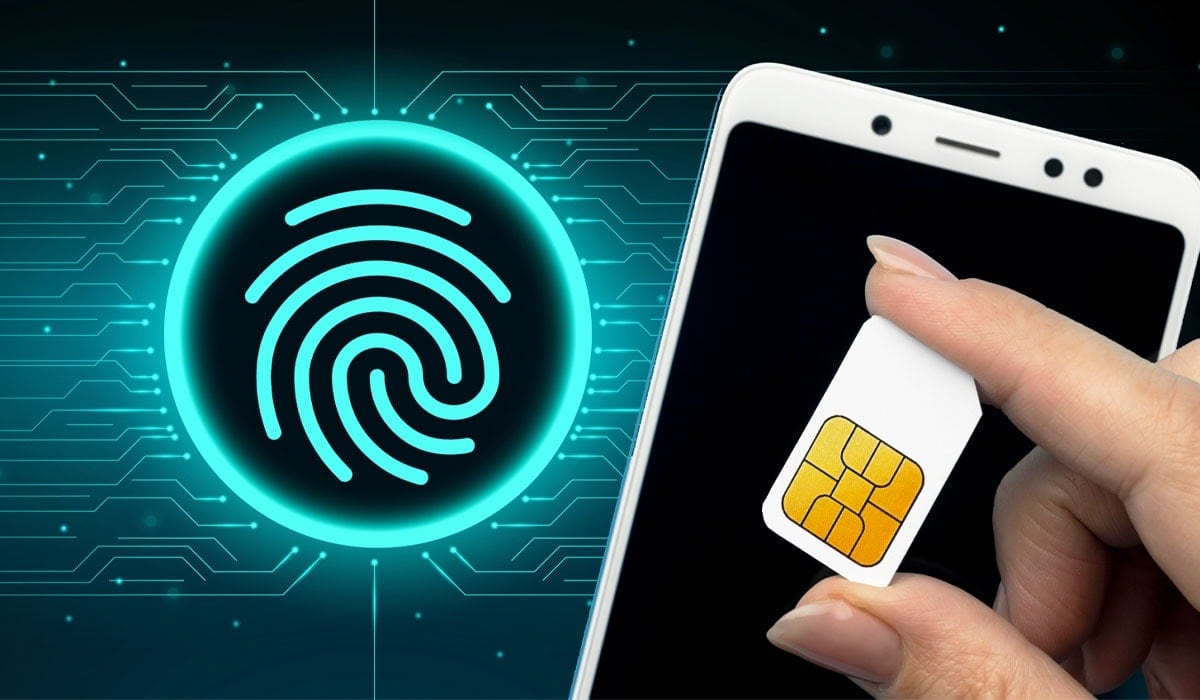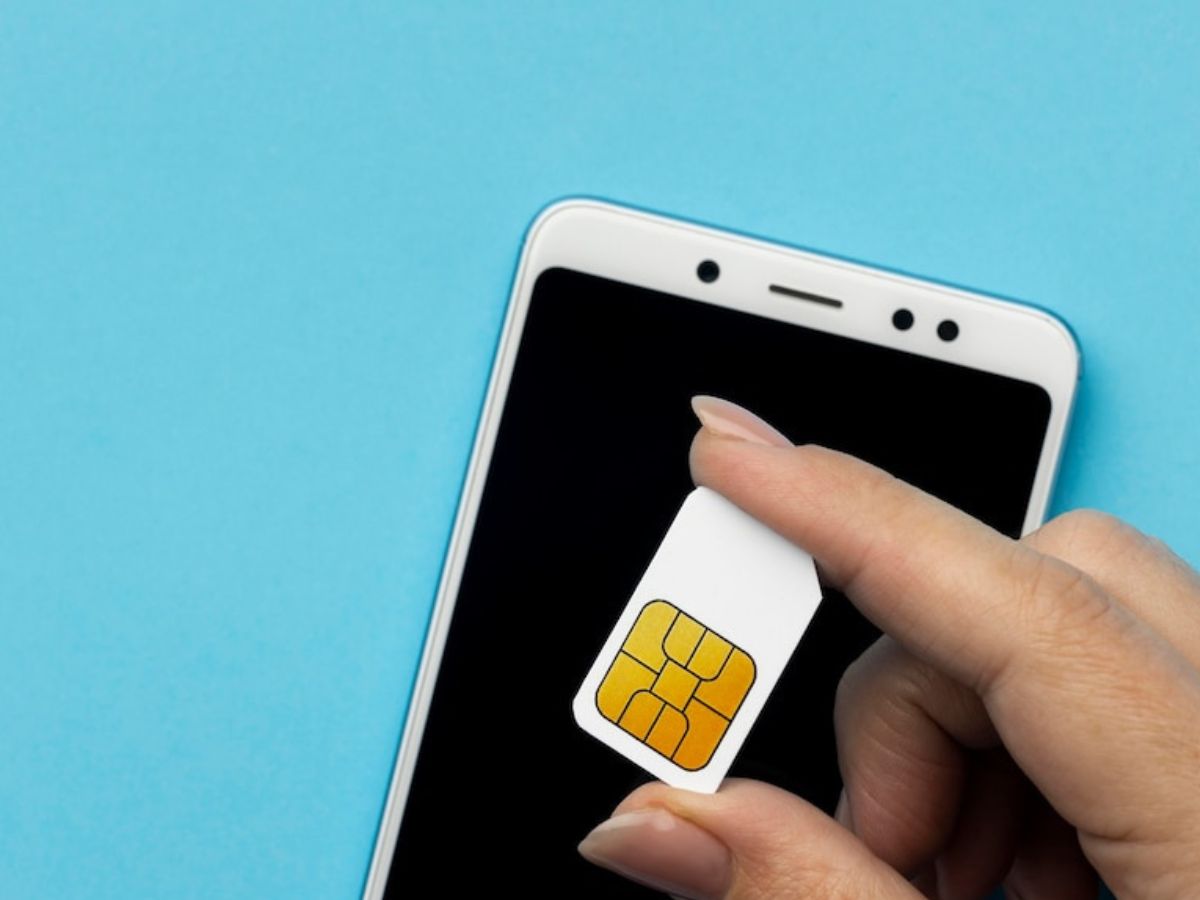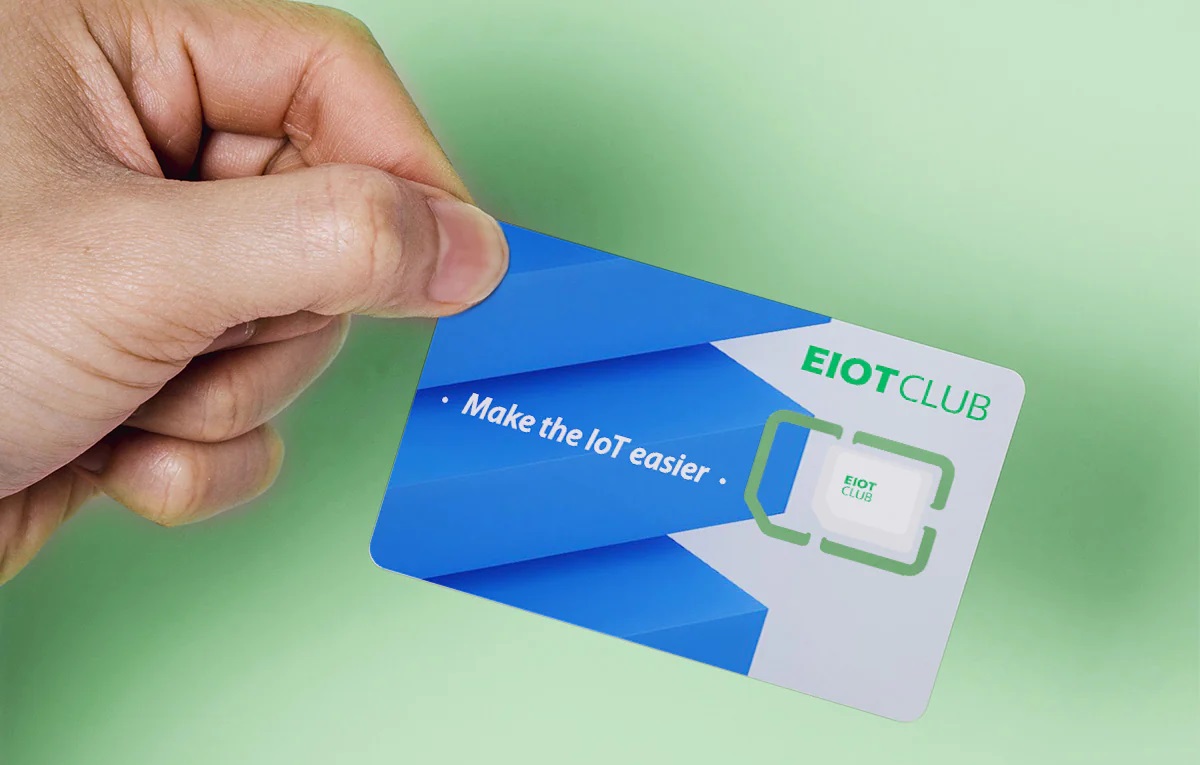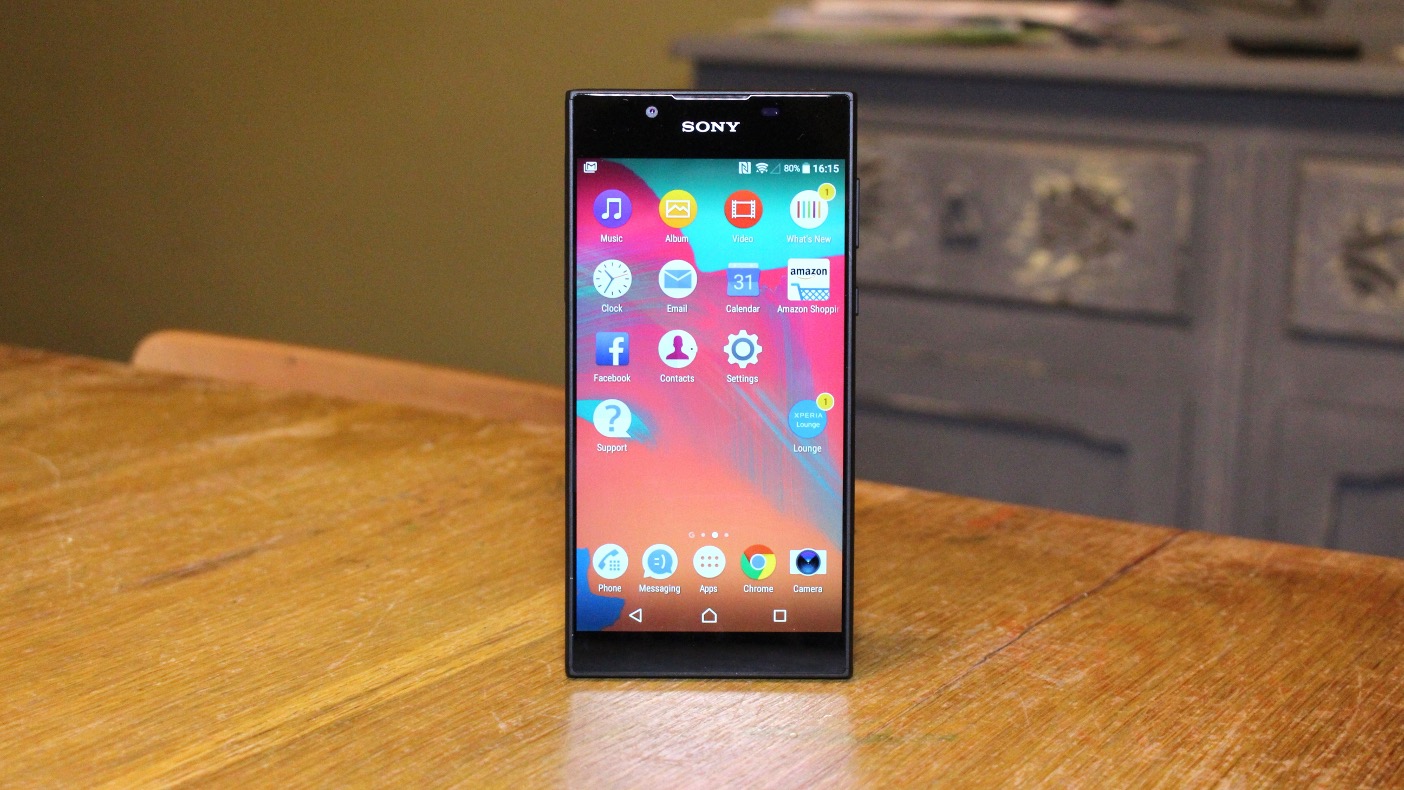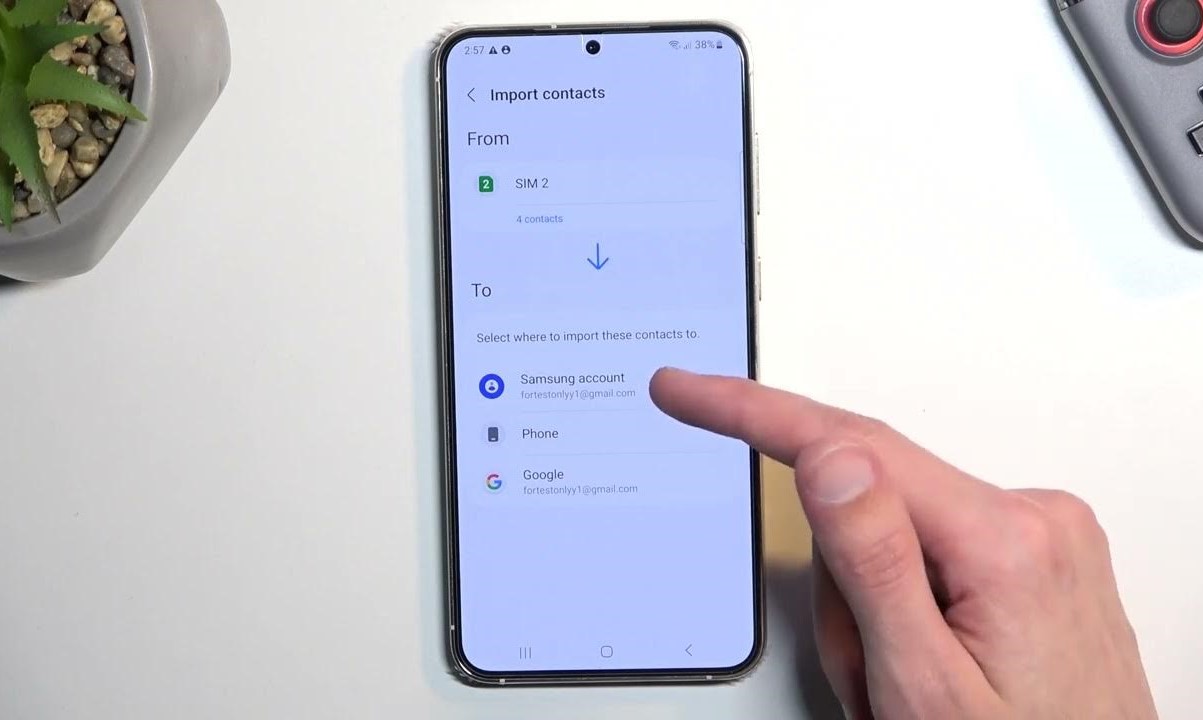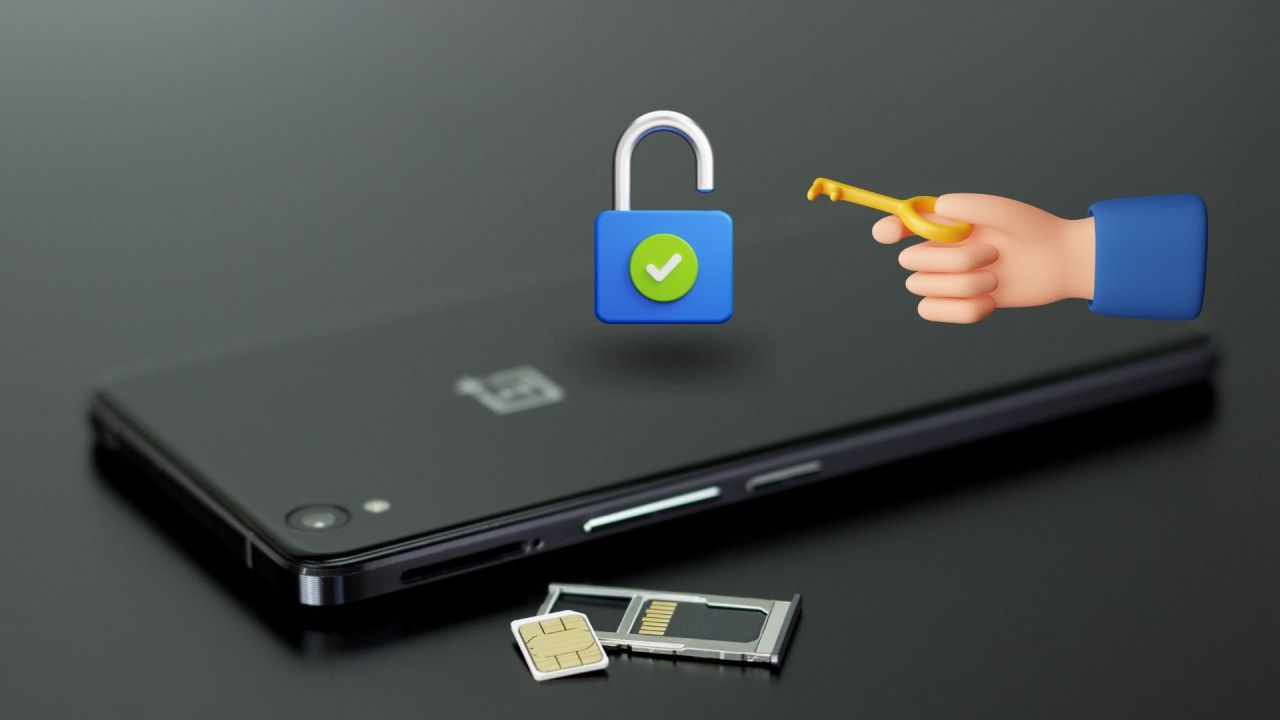Introduction
The tiny, unassuming SIM card holds a wealth of information that is crucial to the functioning of our mobile devices. While we often associate SIM cards with their primary role in connecting us to cellular networks, they also play a pivotal role in storing essential data. Understanding the nature of this data and its significance is essential in comprehending the broader landscape of mobile technology and security.
The data stored on a SIM card is multifaceted, encompassing a range of information that goes beyond mere contact details. From authentication credentials to network-specific configurations, the SIM card serves as a repository for vital data that enables seamless communication and connectivity. Moreover, the security implications of this data cannot be overstated, as it forms the bedrock of trust and integrity in mobile communications.
As we delve deeper into the intricacies of data stored on SIM cards, it becomes evident that these diminutive chips wield immense influence in the realm of mobile devices. By unraveling the mysteries enshrined within these tiny cards, we gain valuable insights into the inner workings of our devices and the pivotal role played by SIM cards in safeguarding our digital identities.
What is a SIM card?
A SIM card, or Subscriber Identity Module card, is a small, removable smart card that is inserted into mobile devices, such as smartphones and tablets, to facilitate connectivity to a cellular network. It serves as a unique identifier for the user and the device, enabling access to voice, data, and messaging services. The SIM card contains essential information that is integral to the functioning of the mobile device, including the International Mobile Subscriber Identity (IMSI), which is a unique identifier for the subscriber within the mobile network.
Furthermore, SIM cards store the Integrated Circuit Card Identifier (ICCID), a unique serial number that distinguishes the SIM card itself. This identifier is essential for network authentication and billing purposes. In addition to these critical identifiers, SIM cards also contain the Ki (Authentication Key), a secret key used to authenticate the SIM card on the mobile network, ensuring secure communication between the device and the network.
The information stored on a SIM card is not limited to authentication data. It also includes the user's phone number, network-specific settings, such as preferred roaming lists and service dialing numbers, and text messages. The SIM card essentially acts as a secure element, housing sensitive information that facilitates network authentication and communication.
In essence, a SIM card is the linchpin that enables mobile devices to connect to cellular networks, authenticate users, and access network services. Its role extends beyond mere connectivity, encompassing vital security functions and personalized settings that are integral to the user experience. Understanding the significance of the data stored on a SIM card is crucial in comprehending the broader landscape of mobile technology and the pivotal role played by these unassuming yet indispensable chips.
Types of data stored on a SIM card
The data stored on a SIM card encompasses a diverse array of information that is pivotal to the seamless functioning of mobile devices. These include:
-
Subscriber Identity: The International Mobile Subscriber Identity (IMSI) is a fundamental piece of data stored on a SIM card. It uniquely identifies the subscriber within the mobile network, enabling the network to recognize and authenticate the user. This identifier is essential for routing calls and data to the user's device, ensuring seamless communication.
-
Authentication Credentials: The SIM card contains the Ki (Authentication Key), a highly sensitive and confidential key that is used to authenticate the SIM card on the mobile network. This key plays a crucial role in securing communications between the device and the network, safeguarding against unauthorized access and ensuring the integrity of the network.
-
Integrated Circuit Card Identifier (ICCID): Each SIM card is assigned a unique serial number known as the ICCID. This identifier is essential for distinguishing the SIM card itself and is used for various purposes, including network authentication, tracking of the SIM card, and billing.
-
Phone Number: The SIM card stores the user's phone number, which is essential for identifying the device on the network and enabling communication with other users. This personalized information is integral to the user's identity within the mobile ecosystem.
-
Network-Specific Configurations: SIM cards store network-specific settings, such as preferred roaming lists (PRL) and service dialing numbers (SDN), which are essential for seamless connectivity and access to network services. These configurations ensure that the device can effectively communicate with the network and access relevant services based on the user's subscription.
-
SMS and Contacts: In addition to the aforementioned critical data, SIM cards also have the capacity to store text messages and contact information. While the storage capacity for these items may be limited compared to the device's internal storage, it provides a convenient backup for essential communication details.
Understanding the diverse nature of the data stored on a SIM card underscores its significance as a secure element that not only facilitates connectivity but also plays a pivotal role in authentication, network access, and personalized settings. The multifaceted nature of this data highlights the critical role played by SIM cards in ensuring the integrity and security of mobile communications.
Security of data on SIM card
The security of data stored on a SIM card is of paramount importance, given the sensitive nature of the information it houses. SIM cards are designed to be highly secure, employing advanced cryptographic algorithms and mechanisms to safeguard the integrity and confidentiality of the data they contain.
One of the key security features of SIM cards is the use of the Authentication Key (Ki), a unique and confidential key that is stored securely within the SIM card's hardware. The Ki is utilized in conjunction with the Authentication and Key Agreement (AKA) protocol to authenticate the SIM card on the mobile network. This process ensures that only authorized SIM cards can access the network, mitigating the risk of unauthorized access and fraudulent activities.
Furthermore, SIM cards incorporate robust encryption techniques to protect the confidentiality of the data stored within them. The communication between the SIM card and the mobile network is encrypted, preventing eavesdropping and unauthorized interception of sensitive information. This encryption ensures that the data transmitted between the device and the network remains secure, bolstering the overall integrity of mobile communications.
In addition to encryption, SIM cards are equipped with tamper-resistant features that make it exceedingly difficult to extract or modify the data stored on them. The physical and logical security measures embedded within SIM cards serve as a formidable barrier against unauthorized access and tampering attempts, reinforcing the overall security posture of these essential components.
Moreover, SIM cards are designed to support remote management capabilities, allowing mobile operators to remotely update security parameters and authentication credentials. This feature enables swift responses to security incidents and ensures that SIM cards remain resilient against emerging threats and vulnerabilities.
The stringent security measures implemented in SIM cards not only protect the data stored on them but also contribute to the overall security of mobile networks and communications. By serving as a secure element for user authentication and network access, SIM cards play a pivotal role in upholding the trust and integrity of mobile ecosystems.
In essence, the security of data on SIM cards is underpinned by a robust framework of cryptographic algorithms, encryption mechanisms, tamper-resistant features, and remote management capabilities. These measures collectively fortify the confidentiality, integrity, and availability of the data stored on SIM cards, underscoring their indispensable role in ensuring secure and reliable mobile communications.
Managing data on SIM card
Managing the data stored on a SIM card involves a range of activities aimed at ensuring the integrity, security, and accessibility of the information housed within this essential component of mobile devices. While SIM cards are designed to securely store and manage critical data, there are specific considerations and procedures related to managing and updating this data.
One of the primary aspects of managing data on a SIM card involves the provisioning and personalization process. This process entails the initial configuration of the SIM card with subscriber-specific information, including the IMSI, ICCID, and authentication credentials. Mobile operators and service providers are responsible for provisioning SIM cards with the requisite data to enable seamless connectivity and network access for subscribers.
Furthermore, managing data on a SIM card encompasses the activation and deactivation of services and features associated with the SIM card. This may include enabling or disabling international roaming, managing data plans, and configuring network-specific settings. These activities are typically performed by mobile operators and can impact the user's access to network services and the overall functionality of the SIM card.
In addition to the initial provisioning and activation processes, managing data on a SIM card also involves periodic updates and maintenance. Mobile operators may issue over-the-air (OTA) updates to SIM cards to implement security patches, update network configurations, and refresh authentication keys. These updates are crucial for enhancing the security posture of SIM cards and ensuring their compatibility with evolving network technologies.
From a user perspective, managing data on a SIM card may entail tasks such as importing or exporting contacts and text messages, reviewing network settings, and monitoring data usage. While the storage capacity of SIM cards for user-generated data is limited compared to the device's internal storage, users can still perform basic management tasks to organize and maintain their essential communication details.
Furthermore, in the event of a SIM card replacement or device upgrade, users need to manage the transfer of data from the old SIM card to the new one. This process involves transferring contacts, text messages, and other personalized data to the new SIM card or the device's internal storage, ensuring a seamless transition without data loss.
Overall, managing data on a SIM card is a multifaceted endeavor that encompasses provisioning, activation, updates, and user-centric tasks. Mobile operators, service providers, and users all play integral roles in ensuring the effective management of data on SIM cards, thereby contributing to the seamless functioning, security, and continuity of mobile communications.
Conclusion
In conclusion, the data stored on a SIM card represents a critical nexus of information that underpins the seamless functioning, security, and integrity of mobile communications. From subscriber identity and authentication credentials to network-specific configurations and user-generated data, the SIM card serves as a secure repository for a diverse array of essential information. The multifaceted nature of this data underscores the pivotal role played by SIM cards in facilitating connectivity, enabling secure authentication, and preserving the confidentiality of user information.
The security of data on SIM cards is fortified by robust cryptographic algorithms, tamper-resistant features, and remote management capabilities, ensuring the confidentiality, integrity, and availability of the stored information. These stringent security measures not only protect the data on the SIM card but also contribute to the overall security posture of mobile networks, bolstering the trust and reliability of mobile communications.
Furthermore, the management of data on SIM cards involves a collaborative effort between mobile operators, service providers, and users to ensure the effective provisioning, activation, and maintenance of SIM card data. From the initial personalization process to periodic updates and user-centric tasks, the management of SIM card data is essential for preserving the functionality and security of these vital components.
Understanding the significance of the data stored on a SIM card provides valuable insights into the intricate mechanisms that underlie mobile connectivity and security. It illuminates the pivotal role played by SIM cards in safeguarding user identities, enabling secure communication, and upholding the trust and integrity of mobile ecosystems.
As we continue to embrace the advancements in mobile technology and the evolving landscape of connectivity, the role of SIM cards in storing and managing critical data remains paramount. By recognizing the importance of SIM card data and the security measures that safeguard it, we fortify the foundation of mobile communications, ensuring a seamless and secure experience for users worldwide.







